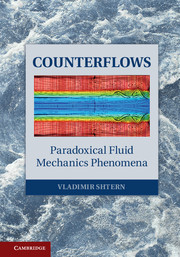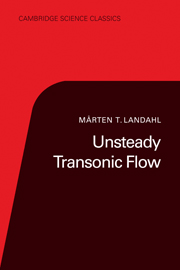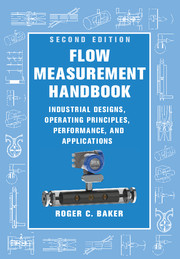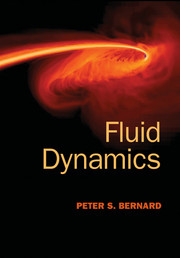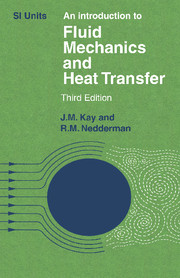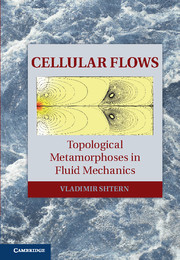Counterflows
This book discusses the physical mechanisms that drive counterflows, examining how they emerge, develop, become double and multiple counterflows and comprise both global and local circulations. Counterflows play an important role in nature and technology. A natural example is the Gulf Stream and the opposite flow in the ocean depths. Technological applications include hydrocyclones, vortex tubes and vortex combustors. These elongated counterflows are wildly turbulent but survive intense mixing, a seeming paradox. Local counterflows, whose spatial extent is small compared with that of surrounding flows, occur behind bluff bodies and in swirling streams. The latter are often referred to as vortex breakdown bubbles, which occur in tornadoes and above delta wings. Most scale counterflows are cosmic bipolar jets. Most miniature counterflows occur in capillary menisci of electrosprays and fuel atomisers.
- This book is about flows moving in opposite directions, which play important roles in nature and technology and occur in such varied mediums as outer space and the menisci of jet printers
- Explains what physical mechanisms drive counterflows and how they emerge, develop and comprise both global and local circulations
Reviews & endorsements
'This book is very interesting and well written. Each chapter is clearly developed and the problems are well treated from both the theoretical and the practical points of view. It will be useful to all researchers interested in various problems related to counterflows.' Mirela Kohr, Mathematical Reviews
'The unique feature of the book is the attention to one special area of fluid dynamics, namely, counterflows. This makes the book an excellent reference for anyone who would like to know more about counterflows. It is also a rich source of special topics for inclusion in a graduate-level course in fluid dynamics.' Majid Molki, Heat Transfer Engineering
Product details
December 2012Hardback
9781107027596
483 pages
260 × 182 × 28 mm
1kg
386 b/w illus. 5 tables
Available
Table of Contents
- 1. Introduction
- 2. Accumulation counterflows
- 3. Bifurcation of swirl in conical counterflows
- 4. Bifurcation of counter-swirl
- 5. Conical counterflows driven by swirl
- 6. Jetlike swirling counterflows
- 7. Swirling counterflows in cylindrical devices
- 8. Separation counterflows
- 9. Temperature distribution in swirling counterflows
- 10. Onset of buoyancy similarity counterflows
- 11. Thermal convection counterflows
- 12. Control of vortex breakdown
- 13. Magnetic counterflows
- 14. Stability of conical flows.

